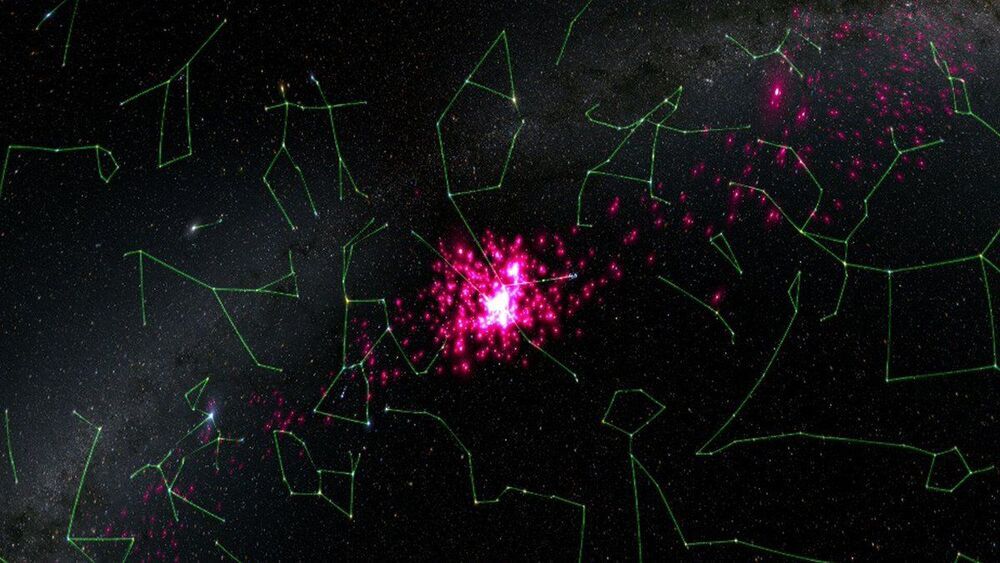Star clusters are interesting inhabitants of the sky. They vary in sizes, distances, and number of stars, but almost all are spectacular to look at. And most of them are in the process of being torn apart. That is certainly the case for the Hyades star cluster – the closest one to Earth at only 153 light years away. The problem is, there is something causing a lot more destruction than would be expected given the mass and energy in the surrounding space. Now, a team of scientists from ESA have a theory as to what the cause of the destruction might be – a mysterious dark matter sub-halo.
This novel theory extends from findings gleaned from data collected by GAIA, ESA’s star mapping satellite. The GAIA team expected to see what are called “tidal tails” trailing and leading the star cluster as it moves throughout the galaxy. These tails are formed when some stars are forced to the outer edges of the cluster, and then pulled by the gravitational pull of the galaxy itself, pushing some stars forward in their journey through the galaxy, while other stars are pulled further behind.
The GAIA team did find tidal tails on either side of the Hyades cluster when they observed it. However, they were extraordinarily long – thousands of light years across the galaxy, each holding thousands of stars. Observing them in their entirety was only possible because of the GAIA data and a computer model that Dr. Tereza Jerabkova, an ESA research fellow, developed with her colleagues.
